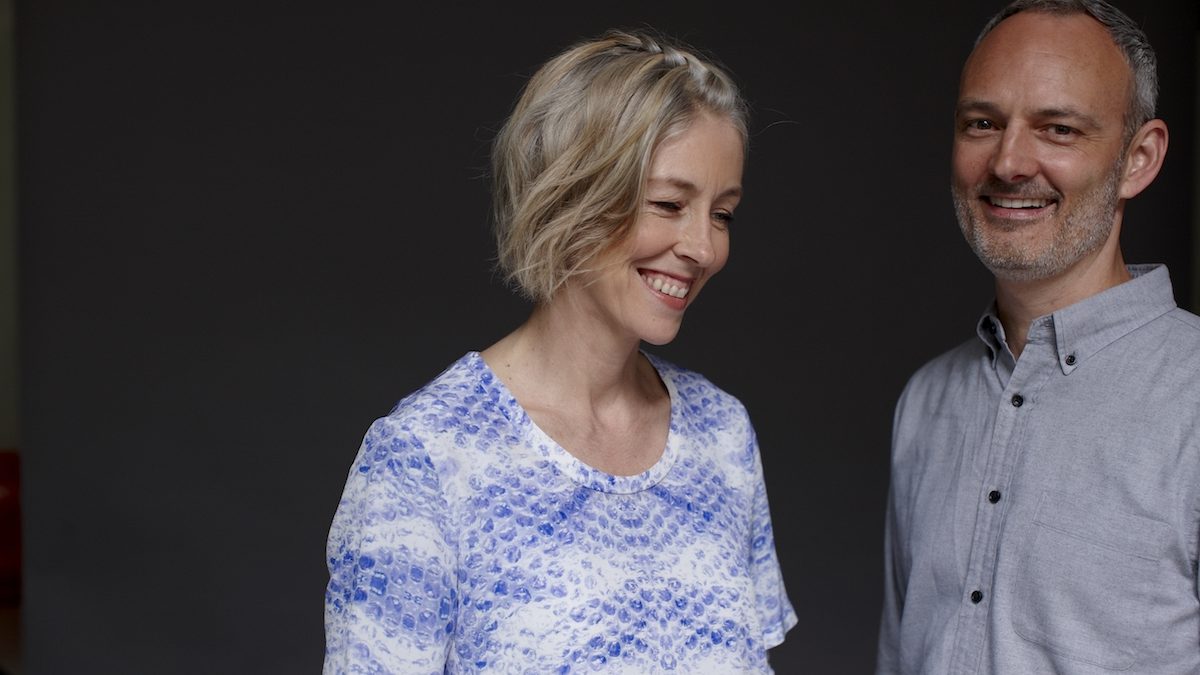How Can Meditation Help You Deal With Lockdown Stress?

Feelings of stress and anxiety have certainly been in the air over the past few months. A tsunami of uncertainty over our health, livelihoods, and finances, are all stressful situations to be in on their own, let alone all together.
These demands can trigger a cascade of stress hormones from cortisol to epinephrine that then goes on to produce a shopping list of well-known physiological changes, from the heart-pounding to our muscles tensing. We call this response ‘fight-or-flight’ and it has evolved within us humans as a survival mechanism to enable us to react quickly to life-threatening situations.
Persistent epinephrine surges can damage blood vessels and arteries though, increasing blood pressure and raising the risk of heart attacks or strokes, while elevated cortisol levels can inadvertently contribute to the buildup of fat tissue and subsequent weight gain. Plus, we often slip into this ‘flight-or-fight’ mode when it’s completely unnecessary.
Jillian Lavender, Vedic meditation teacher and co-founder of the London Meditation Centre, argues that to get rid of our stress we need to reverse this response.
“Meditation works the opposite way. It creates a natural, endogenous response in your physiology, so rather than ‘fight-or-flight’, it activates the biochemistry of ‘stay-in-play’. Dopamine and serotonin are released, and all the things that are the opposite of cortisol and epinephrine and what your adrenal glands are producing. What the deep rest of meditation is doing is it’s allowing for the system to move away from that stress state and in doing so release the stress that has been building up in the system.”

London Meditation Centre co-founders Jillian Lavender and Michael Miller
An Introduction To Vedic Meditation
Before we go on, perhaps it would be of use to clear up what meditation means in this context. Vedic meditation, the form Lavender teaches, is an automatic self-transcending technique that comes from the ancient body of knowledge called the Veda. This is also where we get Ayurveda, an ancient system of natural healthcare.
It involves the use of a sound, or ‘mantra’ repeated silently while the meditator is practising and requires just 20 minutes of your time, twice per day while sitting with your eyes closed. “That sound has been chosen for you specifically so not everybody has the same sound,” explains Lavender. “It’s based on several criteria and our job as a teacher is to allocate that correctly.
“This sound is a vehicle for the mind to take it away from the gross layer of thinking and dive inwards to less excited states of consciousness and ultimately to step beyond thought and arrive at that base-line of being.”
Meditation And Stress
Through this technique, the user can connect more readily with the present moment as opposed to being worried about an imagined future.
“It’s the ultimate stress-buster,” says Lavender. “In the technique I teach, Vedic meditation, we’re resting the nervous system in a 20-minute sitting meditation that is many times deeper than sleep. So if I rest my nervous system many times deeper than a night’s sleep, I’m purifying and releasing stress many times faster.”
The Science Behind The Deep Rest In Meditation
Studies have measured this rest by looking at your metabolic rate, which is generally assumed to be the best way to measure the level of activity (or rest) in your system. Since activity and your metabolism rely on oxygen, a good way to measure your metabolic rate is through your oxygen consumption.
In his seminal 1970 study on the physiological effects of transcendental meditation (Vedic is a form of TM), Dr. Robert Keith Wallace found that oxygen consumption decreased in all subjects by 20 percent after just five minutes into meditating compared to a control group. In a later paper in the American Journal of Physiology, Wallace found that in seven hours of sleep the oxygen consumption decreased by 15 percent, showing that TM appeared to induce a deeper period of rest, and all in just five minutes compared to the hours spent asleep.

Connecting With The Present Moment
This rest also allows us to more readily connect with the present moment and throw out any worrying thoughts about the future.
“When we get into speculation mode, that’s where anxiety takes us,” says Lavender. “The way that plays out is you’re worried about how to pay the bills, or what happens when furlough ends. And all of those projections pull us out of the present moment. So we’re not in tune with our bodies. We’re speculating. When we reduce those stress levels then it pulls us back into the present moment and then we can make better decisions.”
Not All Meditation Is The Same
The term meditation is used far beyond this technique. From the surge in Youtube videos offering guided meditations to apps like Headspace and Calm, meditation has become a thoroughly mainstream phenomenon. In a 2019 survey by the US National Center for Health, 14 percent of Americans had tried meditation at least once.
But not all meditations are the same, points out Lavender. “You’ve got apps like Headspace and Calm which all get lumped under this banner of mediation. And we need to be a bit more rigorous, as that’s a bit misleading. Not all techniques are going to deliver the same brain signature or metabolic rate.
Some techniques will focus on the breath. Some will get you to focus on an open flame. Some are what we call an open monitoring awareness technique where we’re sort of monitoring our thoughts like clouds. These are more mindfulness-based techniques.
“All of these things are delivering a certain experience and in many cases, those experiences can bring value. But if you were to ask me what mediation is, I would say it is none of those things that I have just described. The practice of mediation allows us to take our state of consciousness beyond thinking where we have transcended thinking.”
Why You Might Be Struggling To Meditate
Lavender believes this confusion is leading many beginners to struggle in their experience, and ultimately give up the practice prematurely.
“Many people come to us and say ‘I tried to stop the thoughts’ or ‘I tried to use the app’. But these approaches take a lot of effort. The mind is still active. The Vedic technique is an effortless approach, so anyone can do it. In my experience there is a misconception of people thinking if only they stop the thoughts, then they’ll get to a lovely peace. Now the issue here is trying not to think is only going to create more thinking.”
In Vedic meditation, the mantra is integral to the practice – a sound that has to be given to you by a teacher. Classes are obviously no-go areas in these times of social distancing, which makes picking up Vedic meditation virtually impossible for beginners who haven’t been to one.

How To Start Meditating From Home
Instead, Lavender recommends this period as one in which those sensing rising stress levels within them can start to put the foundations in place to take action in the future.
“Get more knowledge. Sign up for an app knowing it is going to deliver an experience. But understand that it isn’t a finite experience of meditation. There’s more to it than that.
“I like to think of it as stepping stones moving you in the right direction. When we come out of this lockdown and we’re back at a situation where we can actually teach people this knowledge and how to do it properly, then it’s going to be wonderful.
“If someone tells you to watch this Youtube video and you’ll be a fantastic swimmer, well, you’ll get some pointers and some effect. But when you have an instructor in that pool with you, then that’s when you’ll really know what you’re doing.”
Body-Feeling Technique
The following technique is an effective entry-level practice offered by the London Meditation Centre. It aims to release stress by deliberately noticing the language of sensation in our body.
- Bring your attention to sensations in the body.
- Somewhere in the body, there will be a dominant sensation. It can be anything—tightness in the chest; a tingle on top of the head; even an itch in the great left toe.
- Gently bring attention to that sensation. There is no need to concentrate or focus—simply let the attention lightly rest there.
- After a moment, that sensation will start to shift and dissolve and another sensation will become primary.
- Let the attention move to this new sensation and locale in the body—a twinge in the hip from yesterday’s exercise; tightness in the back of the neck; or a feeling of lightness in the stomach.
- Again after a few moments, this will begin to dissipate and another part of the body will draw your attention. Continue in just the same way.
- After just a few minutes, you’ll naturally find yourself thinking other thoughts easily—almost a sense of daydreaming. Open the eyes slowly.
This simple exercise allows the body to settle down and begin to release stress and tension. When the body stops preparing for fight-or-flight, we can move into ‘stay-and-play’ and operate from our most engaged and creative state.
Find out more about Jillian and the London Meditation Centre’s work at londonmeditationcentre.com


















